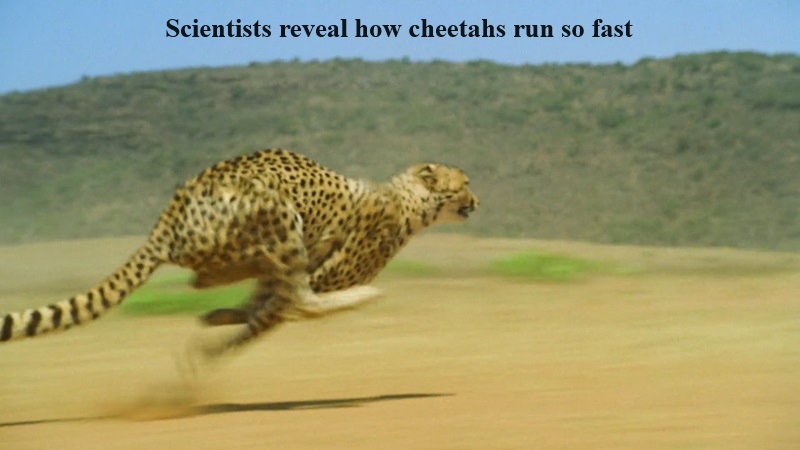
A recent study unveiled the existence of a specific physiological advantage in animals such as cheetahs, enabling them to achieve remarkable speeds during sprinting.
Published in the journal Nature Communications, the study, led by Dr. David Labonte from the Department of Bioengineering at Imperial College London, posits that animals capable of high-speed running typically fall within a medium size range. Dr. Labonte remarked, “The fastest animals are neither large elephants nor tiny ants, but intermediately sized, like cheetahs. Why does running speed break with the regular patterns that govern most other aspects of animal anatomy and performance?”
To investigate this phenomenon, an international team of researchers developed a model to elucidate the mechanics of animal muscle movement during terrestrial locomotion and assessed the limitations on maximum running speed.
The study identified two primary constraints on an animal’s running speed: the velocity at which its muscles can contract and the distance over which they can contract. The determining factor in which limit is reached first depends on the animal’s overall size. The first limit, termed the “kinetic energy capacity limit,” affects smaller animals whose muscles are restricted by their contraction speed. The second limit, known as the “work capacity limit,” constrains larger animals due to the extent of muscle contraction.
Co-author Professor Christofer Clemente, from the University of the Sunshine Coast and the University of Queensland, elucidated, “Animals around the size of a cheetah occupy a physical ‘sweet spot’ at approximately 50kg, where these two limits converge. Consequently, they exhibit the highest speeds, reaching velocities of up to 65 miles per hour.”
The model developed by the researchers not only elucidates the variations in running speed among different animal species but also sheds light on the evolutionary adaptations of muscle physiology. Furthermore, it provides insights into the significant differences observed across various animal groups, such as the disparity in speed between large reptiles like crocodiles and large mammals.
Co-author Taylor Dick of the University of Queensland noted, “Limb muscles constitute a smaller proportion of a reptile’s body, necessitating them to reach the work limit at a lower body weight and thus remain small for swift movement.”
Dr. Peter Bishop, from Harvard University and another co-author, added, “For large animals like rhinos or elephants, running may feel akin to lifting an immense weight, as their muscles are comparatively weaker, and the demands of gravity impose a greater cost. Consequently, these animals inevitably decelerate as their size increases.”

Post Your Comments